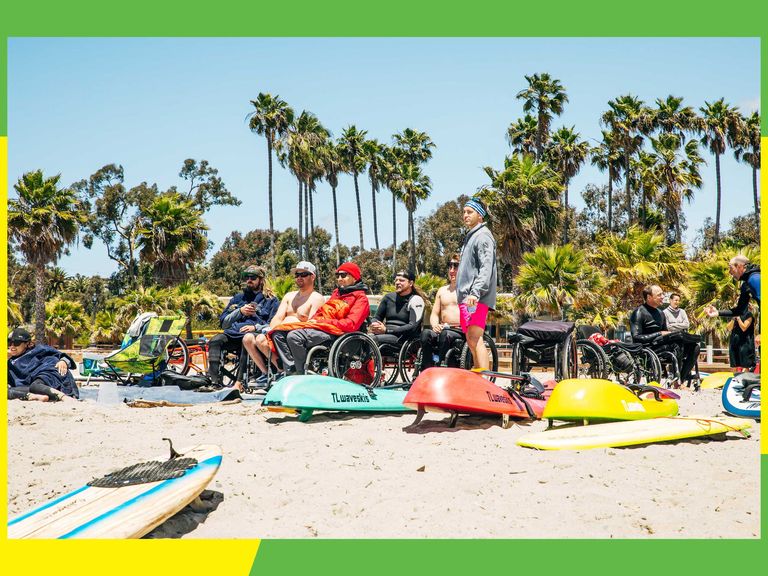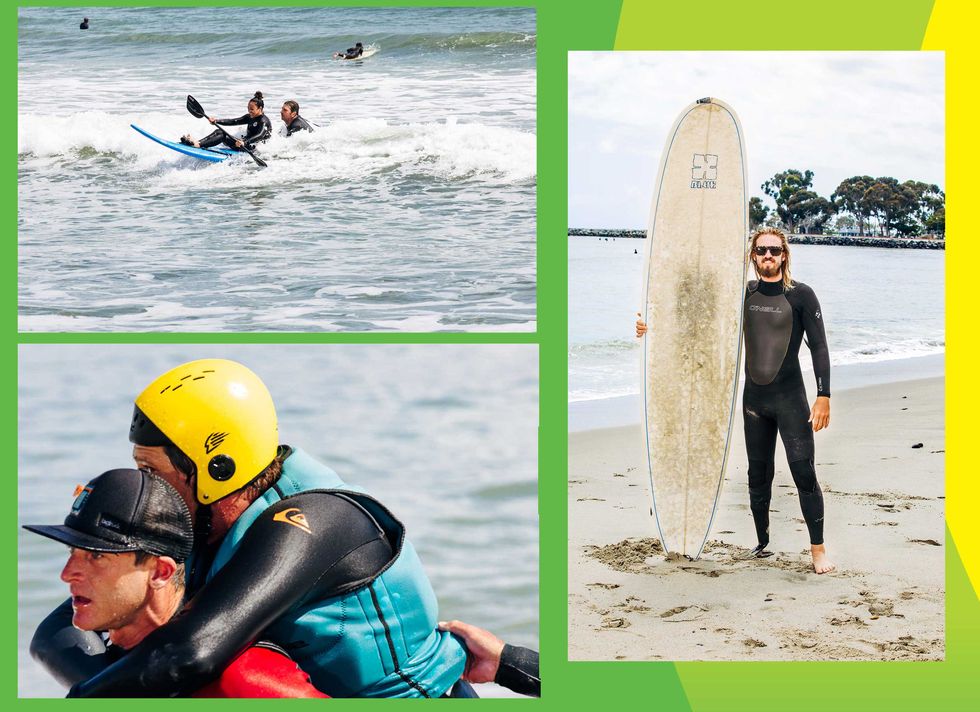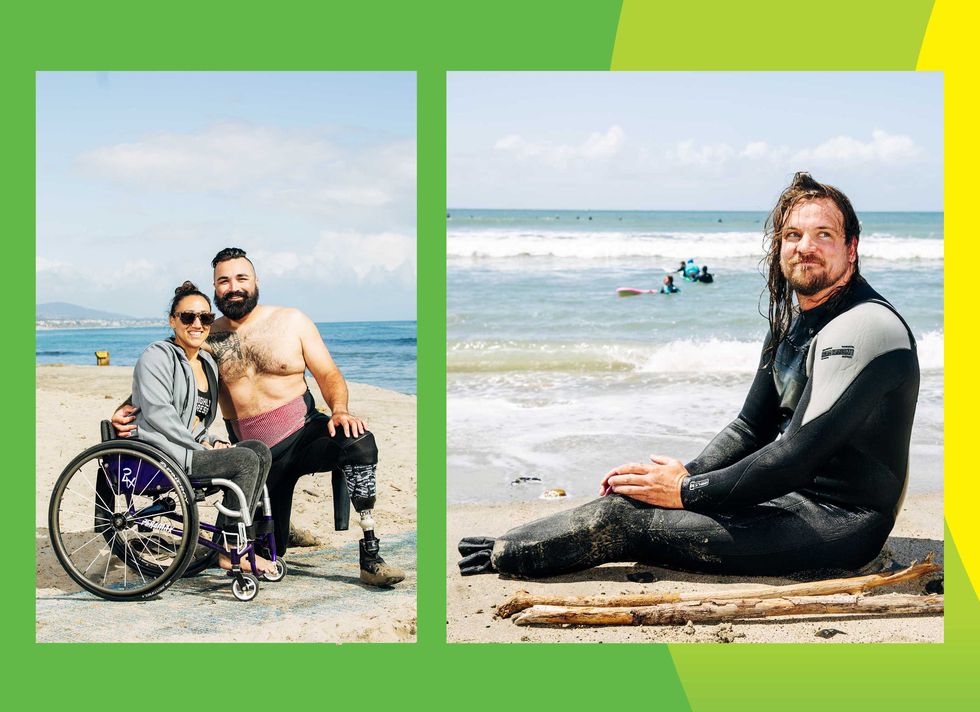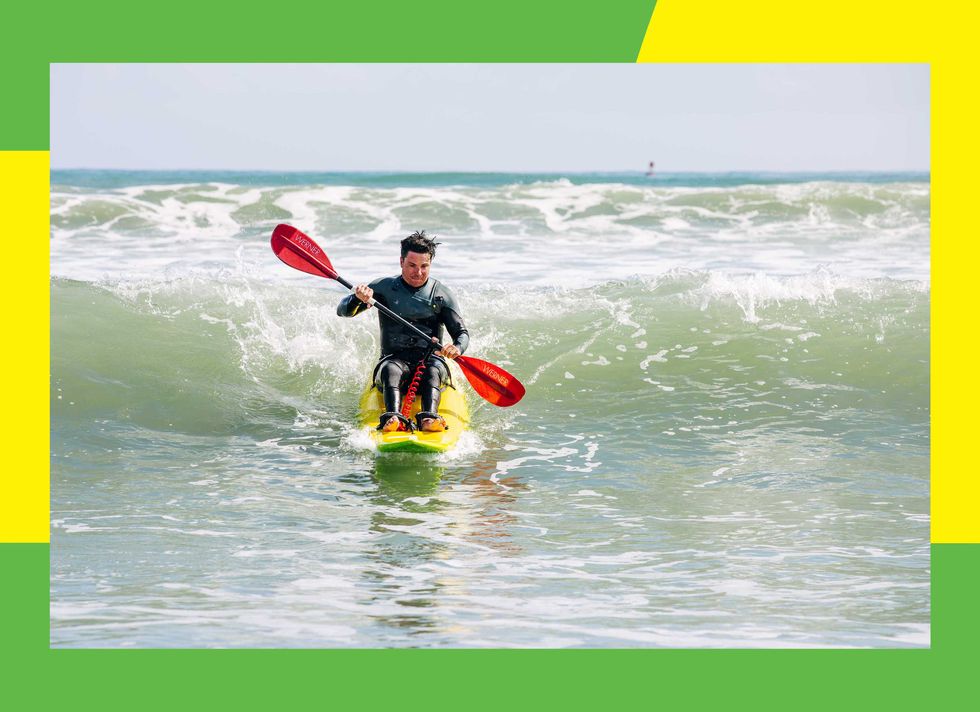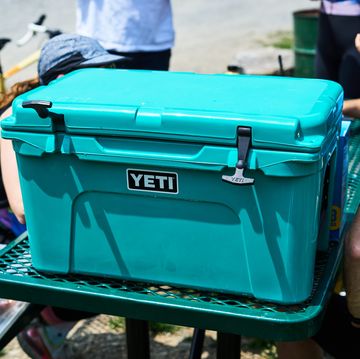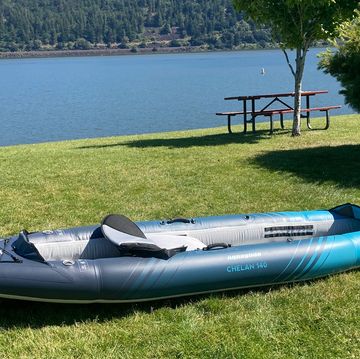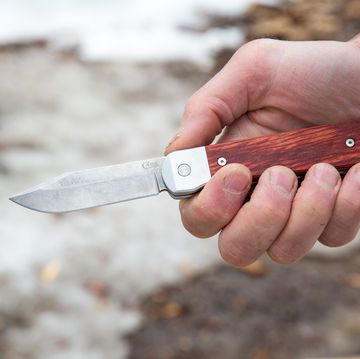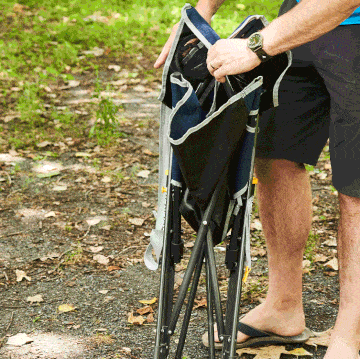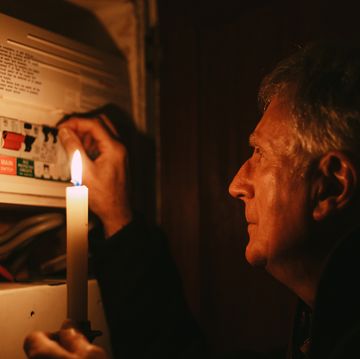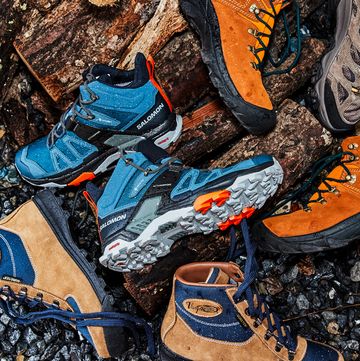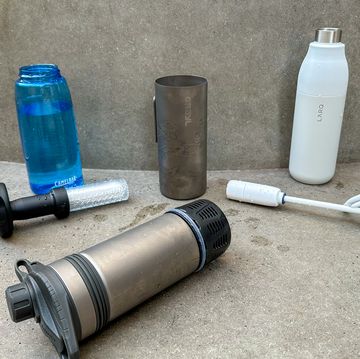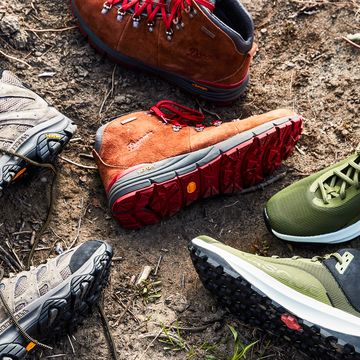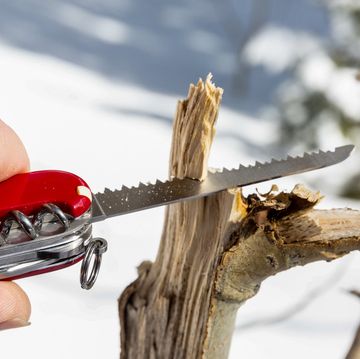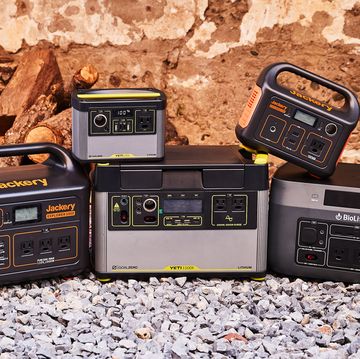Almost every wave is overhead when you’re lying prone on a surfboard, but these waves? They tower four to six feet above the 13 riders on the water. The group—many of them first-time surfers—chatter nervously while gripping their boards. Then, a “Get pitted, bro!” erupts across the water from a smiling Roy Tuscany. He sits on a board, paddle in hand, “sharing the stoke” as he calls it. With every incoming set, every aborted ride in, every crash into churning foam, Tuscany doles out congratulations and high fives.
The surfers are from all over the country. The ocean outside San Clemente is just another stop on a much larger journey. Somewhere along the way, each of them experienced a traumatic injury, often to the spinal cord or head, sometimes a wound from war. Now they’re returning to sports—and Tuscany is right there with them.
It’s been more than a decade since the aspiring pro skier launched 130 feet off a 100-foot ski jump at Mammoth Mountain in California. He burst his T12 vertebra and had two plates, two rods, and eight screws put on each side of his spine. In an instant, his days of competitive skiing and coaching were over, his plans for the future to work as a mason gone, along with his mobility from the waist down. But his community in Truckee, California—colleagues from Sugar Bowl (the resort where he worked), families he coached—as well as friends from his home state of Vermont stepped up to help. After two years, people had chipped in more than $85,000 for Tuscany’s medical bills. “All I had to worry about was recovering,” he says. And thinking about how he could get back to skiing.
After nine days in the ICU and 43 days of in-patient rehab, Tuscany headed home, having relearned to walk with the help of two arm crutches. He still had months of physical therapy to go. Just 23 months after his injury, he headed to the mountain, jammed his feet in boots, pointed his skis downhill—and fell, over and over again. But he persisted. He learned to use outriggers, small skis about a foot long that fit onto the end
of specialized ski poles. They helped him turn, carve, and decelerate as he made his way down the mountain. “Adapt and overcome,” he says.
With skiing conquered, he turned to other sports. Soon he was mountain biking (he tied the front of his bike to the seat post of a buddy’s bike and the friend would pull him up hills), fly fishing, and playing sled hockey. To surf, he learned to use a waveski, a specialized board propelled by a kayak paddle. But he wanted more. “It just hit me I needed to pay it forward.” He wanted to help a large group of people, the way others had helped him. So he went to a bank with a Social Security check and a little bit of raised money, and started his foundation, High Fives. The organization’s aim is to help athletes get beyond their physical barriers from life-changing injuries. Often, they’re at the bedside of injured athletes within 24 to 48 hours of an accident, peer mentoring and providing a support network.
Tuscany isn’t the only support in the water today. Two High Fives employees and six volunteers bob between waves and stand on the shore. They’re ready to help if something goes wrong, but otherwise they stay back. The goal, says Tuscany, is to have the athletes “doing it 100 percent on their own.” A few surfers ride flat on their stomachs on a regular surfboard, but others sit on custom-made waveskis.
Anatomy of a Waveski
- Wheeled trolleys help the athlete get the waveski into the water but pop off in the shallows to maintain the performance of the board.
- The seat well and seat back of the waveski keep the rider in place and allow them to control the board with their hips and torso. A deeper seat makes the waveski more stable, but sacrifices maneuverability.
- A lap belt secures the rider and allows them to use their paddle to propel and maneuver the waveski.
- The athlete uses a kayak-style paddle to get up to speed and catch waves. It's leashed to the board in case the rider takes a spill and loses their grip.
- Like the seat well, foot wells are reinforced with fiber-glass and epoxy resin for durability.
Many of the waveskis, including Tuscany’s, are designed and hand-shaped by Ian Macleod, owner of Macski Surf Gear. He starts with a large block of 1.5-pound EPS (expanded polystyrene) foam. Using templates designed to work with the individual athlete’s height, weight, and ability level, he cuts the basic waveski shape with a hot wire. The shaping is done by hand; it includes contouring in bottom channels, V’s, or concaves, and rounding off the top. Macleod blends in the side rails, a seat, and foot wells. Finally, three to five fin boxes are added to help the waveski carve and turn on the waves. The board’s final design and shape have a huge effect on the ride. A wider board is more stable, but slower; a deeper seat also adds stability, but it limits an athlete’s ability to manipulate their hips and torque their upper body to maneuver a tight turn.
Macleod coats the finished EPS-shaped board in two layers of fiberglass (adding extra to the seat and foot wells for strength), then seals it with epoxy resin. A waist belt and foot strap keep the rider secure and let them use their paddle to propel and maneuver the waveski. The waveskis aren’t cheap, starting at close to $2,000 apiece, but High Fives gives grants to athletes to buy the specialized gear, and cover other expenses, like massage therapy, that insurance won’t. This year they’ve given out over 121 grants so far. The foundation also covers all the costs of athletes’ travel to one of their camps (they also have fly fishing, biking, and skiing trips). High Fives can accept about half the applicants they currently receive, but they’re hoping to do more. “By introducing sport back to these individuals, you’re creating community,” says Tuscany. “You create connections, conversation. You provide joy.”
As the sun approaches the horizon, marking the end of a perfect day, the athletes paddle in, smiles across their faces. Today, they surfed. They gather on the shore for a meal. A campfire has been built nearby. Sitting around it they reflect on the day, and on all they have in common. “You see people come out of their shell. Maybe they’re not sure who they are anymore. They thought their injury defined them; now they see it doesn’t. Something’s been holding them back and now you get to see who they are as a person,” says Tuscany. Over 10 years, High Fives has done that for 237 athletes from 32 states, and the organization is growing every year. “Healing can happen, you can move forward.”
After the camp, the athletes board planes, itching for the next camp, ready to get back out there. Tuscany heads home; there is still plenty of work to be done. He and his girlfriend, Alana Nichols, recently added one more to their community, son Gunner. It’s another adventure, and the stoke is high.
James Lynch is Popular Mechanic’s Field Editor looking for stories across the U.S. about those building a better America. He’s passionate about the Erie Canal and the Apollo Space Program.
